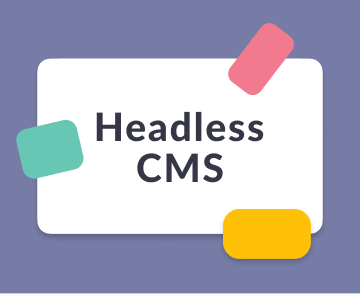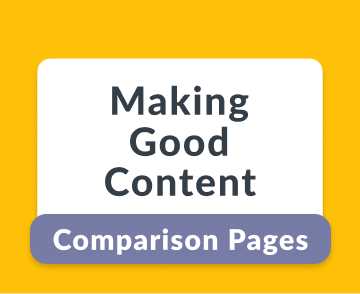When we talk about content, we can talk about 2 different types:
- Content made for social;
- And content made for search.
Both of them are good at bringing users to your brand. Each has its intricacies, and you need to know them before you write the article. And if you want to create super content, then you should combine both types into one, creating what Harry Dry calls the “Content Marketing Sweetspot”.
However, today we want to dissect the example of a brand that mastered the art of social content to grow to more than 1 million ARR. This brand is Plausible.
What's plausible?
Plausible is an open-source alternative to Google Analytics. You can track how many visitors you get, where they're coming from, and what events they're triggering in a privacy-friendly, GDPR-compliant way.
Whhy did their social content work?
Here is a crucial detail of their strategy: they're in a niche of people who are extremely vocal about their opinions. And they made sure to tap into that.
They had a clear enemy that united the whole community and who people were passionate about vilifying: Google Analytics. And thus, they used this as the basis of their positioning and content strategy.
Violà the key to social content: you have to write the hook first. The hook is what'll people click, and once you click, all you have to do is get from the first line to the second, to the third, and so on.
Their social content worked because they've built virality into it - and this virality came from the fact it rallied people.
Writing social content and distributing it from 0 to 1
Now, they started from the bottom. How did they kick start growth through social if they had no audience and no community to speak of?
Well, this is where being smart about distribution comes in.
In the beginning, when no one knows you, you must fabricate distribution. It means doing manual work that will get you in front of people.
That might be through partnerships with key opinion leaders in your space to reshare the article, distributing it through communities you're part of, or, in the case of Plausible, getting it on Hacker News: the place where all drivers from around the world meet.
This channel did wonders because:
- Their target audience was there;
- They’re extremely engaging and vocal;
- And for their target audience, a sufficient part of it was aligned with their ideas to get a basis of support and engagement.
And it was this community that began gathering their first followers: people read the article, and they comment, which in turn gets them more viewers.
And after reading the article, a certain percentage of the audience remains as followers. That is what leads articles after that to perform better: next time, they’ll have a base of users ready to engage, in addition to the fact they have a more well-known brand.
And so, they began building their following bit by bit.
What to take of this?
If you want to tap into social content, make sure you do the following:
- First, make an enemy: what is the common entity/idea you and your target audience are against?
- Second, think of hooks, not articles. Before you write your article, spend a good chunk of time nailing out the headline. That is what will make people click;
- Third, prepare for virality. Once your article goes viral, how do you capture your audience?
And if you are in doubt about whether Plausible's methods work, I'll leave you with this chart of their MRR over time:

😉



